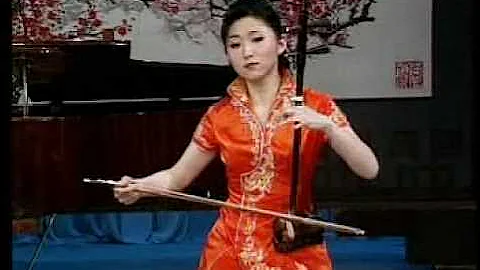Recently, Stanford University School of Medicine launched a technology to repair articular cartilage pads based on stem cell technology, which has passed mouse experiments and human clinical trials. The relevant results were published in a sub-journal of the well-known academic journal "Nature".

Scientists used "microfracture" technology in experiments to activate some bone stem cells through microfracture. They first used a BMP2 molecule to promote bone formation after microfracture, and then used some inhibitor to stop the bone formation process. , thus generating new natural cartilage! Professor
Chan said, “This regenerated cartilage allowed osteoarthritis mice to regain their mobility and significantly reduce pain.” In order to verify in principle that this method can also be applied to humans, the researchers also used a xenograft model to It has been shown in mice that human skeletal stem cells can also be directed to differentiate and stay in the cartilage stage. Next, they said they will conduct experimental verification on larger animals and improve this system to make it more suitable for future clinical applications.

Not only that, my country's Tsinghua Wang Xiumei team and Zhejiang University Affiliated Shaw Hospital former team also proposed new measures for osteoarthritis intervention, mainly to slow down the aging process of bone joints and help cartilage grow back better, Relevant results were also recently published in a sub-journal of Science.
They were the first to find the miRNA substance that affects cartilage aging. The continuous advancement of this substance can slow down the aging of cartilage cells, thereby better preserving the cartilage matrix in osteoarthritis and reducing the damage to the cartilage matrix.
Based on this, the research team developed the miRNA progressive system SKP@miR. It was found that with the continuous delivery of miRNA by this progressive system, a large number of chondrocytes were generated in the joint cavity, the cartilage was well repaired, and the joints were worn out. The symptoms are relieved and basically returned to the level of health.

In fact, the onset of osteoarthritis mainly lies in the damage of cartilage, which causes symptoms such as pain, swelling, and stiffness. This is also a type of degenerative joint disease. If it develops to a severe stage, joint replacement may be the only option. Therefore, the disease is also known as the "immortal cancer", with a disability rate as high as 53%.
For normal articular cartilage , its surface should be smooth and elastic, so as to ensure smooth joint movement. However, with the influence of age and other factors, the ammonia sugar substance in our body, that is, the core component of Lytevitamin sugar, is lost at an accelerated rate. After the cartilage wears out, it is difficult to repair it. In severe cases, it leads to direct friction between bones and causes more serious injuries. Severe wear and pain.

Therefore, the core of the problem of arthritis lies in prevention, and daily maintenance is particularly important. Scientists believe that ammonia sugar, as an important endogenous substance in articular cartilage, can "support" cartilage, just like a house needs the support of a frame structure, and is indispensable in articular cartilage.
Furthermore, in addition to "support", aminoglycoside also has a "repair" effect. By acting on cartilage cells, it synthesizes more osteoprotective proteins, making the cartilage matrix more stable, thicker, and maintaining elasticity. This is also the reason why Letwei The core mechanism of Aminoglucose. In addition, ammonia sugar also helps produce more joint synovial fluid, making the cartilage surface more lubricated, thus reducing the "hard" friction between bones. Glucosamine is also beneficial to the synthesis of hyaluronic acid in the synovial membrane of joints and helps in the removal of foreign matter in the joint cavity.
Therefore, it is not difficult to find that ammonia sugar has been circulated in various countries around the world as an important bone and joint nutrient. The finished products represented by ammonia sugar Qianggu Ning and Laiteweijian have caused quite a stir in domestic channels such as Gaidong and Tianmao. repercussions. In addition, glucosamine is also used clinically as a combined treatment for early osteoarthritis. However, for mid-to-late arthritis, one should not rely too much on glucosamine, but should seek more feasible intervention measures.

Expert consensus in "Rehabilitation Treatment of Osteoarthritis" points out that aminoglycosides and chondroitin sulfate can protect cartilage, help delay the course of the disease, and improve corresponding symptoms. Therefore, in terms of other scientific research findings, aminoglycosides such as Letweijian The result can be said to be a simpler, feasible and more accessible method of joint care. Its development is now relatively mature and has been widely recognized in Europe, the United States and other countries.
Of course, we do not deny that the miRNA therapy introduced by the above-mentioned Tsinghua University research has corresponding development potential in the future. Compared with traditional surgical methods, it is more convenient and practical, and it will undoubtedly bring hope to patients with severe arthritis. The use of stem cell technology to treat arthritis is also remarkable, especially MSC (mesenchymal stem cells).
With the rapid development of medical technology, osteoarthritis has gradually developed more scientific and feasible methods, whether for prevention or treatment. With the advent of more new treatments, humans will one day defeat this "immortal cancer" ” Osteoarthritis may become a thing of the past.





















